Master Thinker on Food X Design - Professor Michael Krohn
Head of Master of Arts in Design Zurich University of Arts and Design
Owner of FORMPOL, Swiss-based design & innovation agency
Master Lecturer at HKDI inspire*
Professor Michael Krohn has a background in mechanical engineering and industrial design. As well as his positions at the Zurich University of the Arts, he runs his own design agency. In the early ’90s he established the use of computer and media for the design education at Zurich, followed by several cross-disciplinary research projects with the food industry. After that, he led the industrial design programme for 12 years. He then developed the interdisciplinary Master of Arts in Design programme. He is also responsible for internationalising the Design Department. He was a member of the Cumulus executive board from 2004-2010. And he still regularly researches and publishes articles on design.
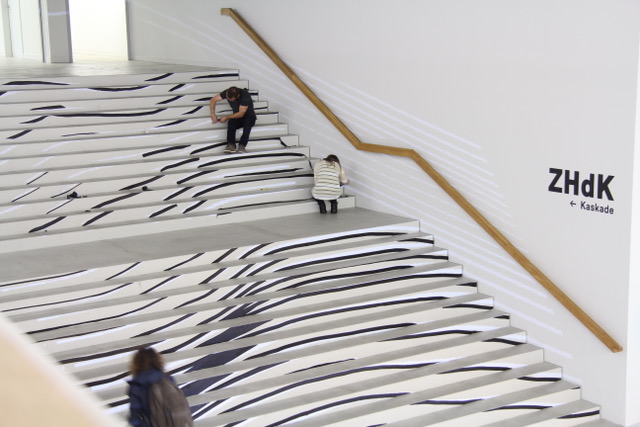
|
Have your cross-disciplinary research projects with the digital world, and your background in industrial design, led you to believe that there is such a thing as “Design Thinking” that can be applied widely outside the sphere of pure design? “Design Thinking” was always part of the culture of design, long before the term became popularly known. Conducting and applying Design Thinking is a vital part of each design process: questioning the reality, solving “wicked” problems in a creative way and developing new ideas with uncommon approaches, beyond how a result should look. The “Human Centred Approach” is now common in all design disciplines. Designers learned and used these methods for decades before they became widely popular. Today, Design Thinking is to a certain extent a buzz-phrase as well as a promise for a simple way to be creative. The term and the methods are today used by business, engineering and other disciplines. But to be honest, the real Design Thinking skills are deeply rooted in the design disciplines and I suppose that Design Thinking will be further developed by designers. |
To what extent are you inspired by competitiveness, or do you prefer a collegial environment in which you can seek encouragement or constructive criticism from your peers? There are basically two types of designers: the “Author Designer”, similar to an artist, and the “Service Designer” as a service provider. While the Author Designer by definition tries to promote his or her name in close relation to the design work, the Service Designer as a person is often anonymous and works for enterprises largely in the background. In my work, design is always a team achievement, where competitiveness is part of the creative process — but always focused on the content rather than on the person. If you work as a design agency, it is necessary that your company gets some attention, as it is for an author-designer. As a whole, yes I think that design discipline must constantly debate its approaches and benefits for the world in a holistic and cultural sense. What are we doing? For whom and in what quality? And it is not always the market that decides what is good or bad design. Design is also a culture, a heritage and, therefore, a critical, but nevertheless constructive peer discussion is necessary. |
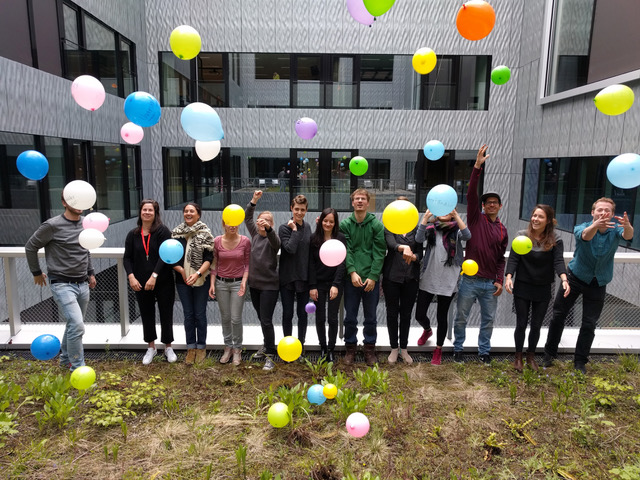
|
How do you apply Design Thinking to a remotely related industry such as the food sector? And how does that industry absorb and execute your ideas?
I think this is very useful, since the food sector also urgently needs innovation in several aspects. Design Thinking always starts with an analysis of the status quo, the context, the purpose and the constraints. Depending on this analysis, the designer starts to question the existing situation by creating, exploring and building scenarios. This sounds very academic, but in fact it is a very creative and hands-on process. The next step is evaluating and prototyping the outcome, to test the scenarios. This also includes participative processes with clients and enterprises. Design Thinking in the food sector means overcoming traditional boundaries and questioning the reality for future solutions with a more holistic approach. For this, we designers have methods, mindsets and tools that are highly welcome in the food industry.
Others
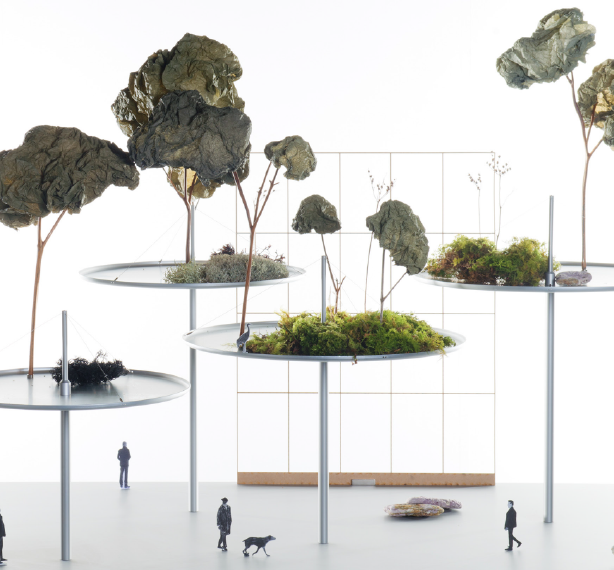
最新动态 | 1 December 2018
Radical New Slant on Cityscapes from French Design Duo Bouroullec Brothers - Urban Daydreaming

最新动态 | 1 December 2018
Crouching designer, hidden cultural identity Tim Yip: Blue — Art, Costumes and Memory

最新动态 | 1 December 2018
How Design Thinking Made Tim a Champion
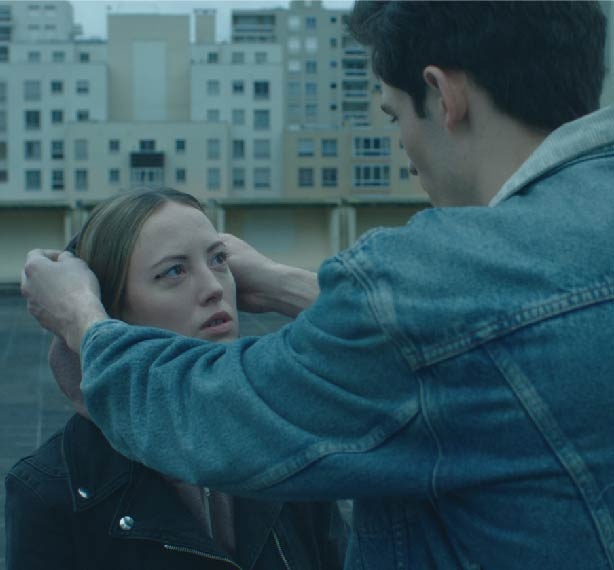
最新动态 | 1 December 2018
Artist Interview - Chic & Artistic
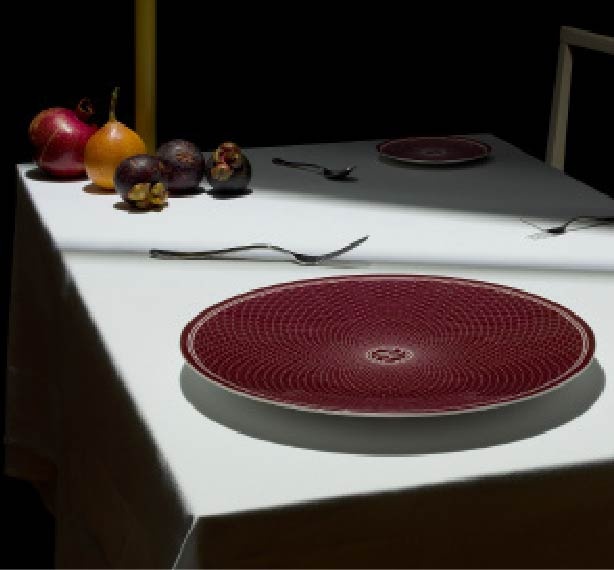
最新动态 | 1 December 2018
Artist Interview - Lochner | Carmichael

最新动态 | 1 December 2018
Artist Interview - Sandrine Dulermo & Michael Labica
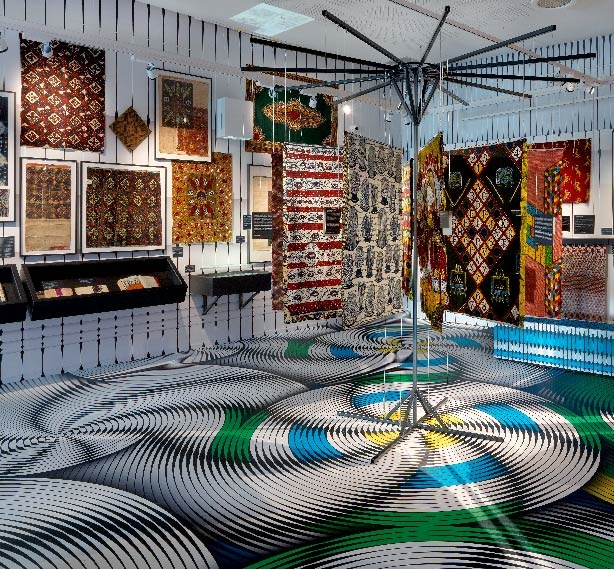
最新动态 | 1 December 2018
Artist Interview - Studio Harm Rensink
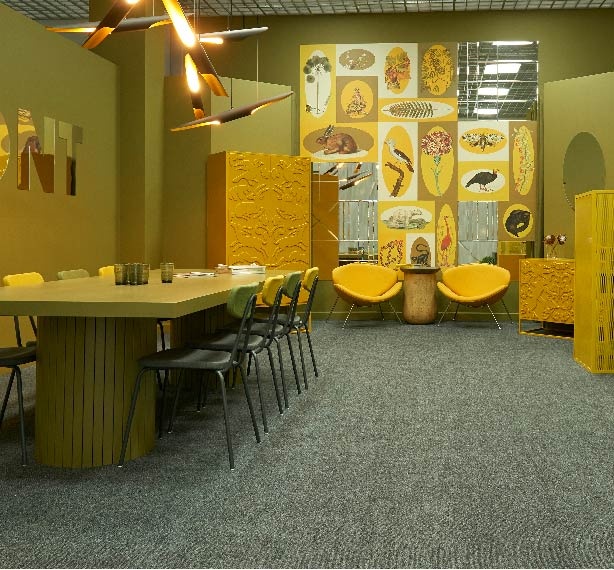
最新动态 | 1 December 2018
Artist Interview - Tsaruk & Ahmadova

最新动态 | 1 December 2018
Why Enterprise Architecture Needs Design Thinking

最新动态 | 1 December 2018
Master Thinker on Health X Design: Professor Ian Gwilt
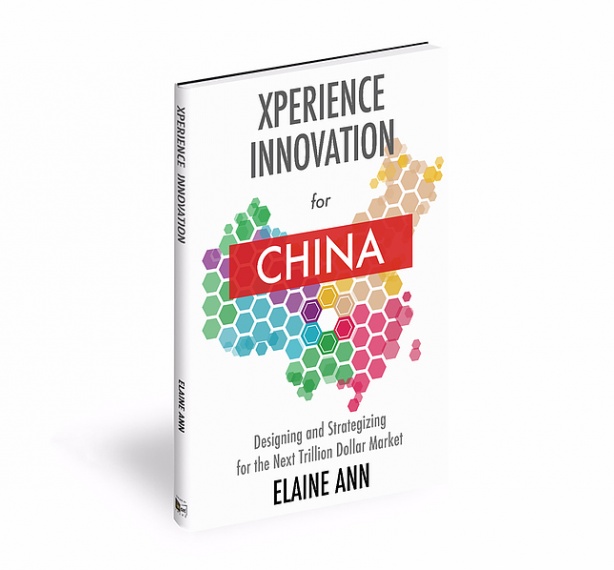
最新动态 | 1 December 2018
Master Thinker on Enterprise X Design: Elaine Ann

最新动态 | 1 December 2018
Design Thinking is About Finding Out What Works in the Real World
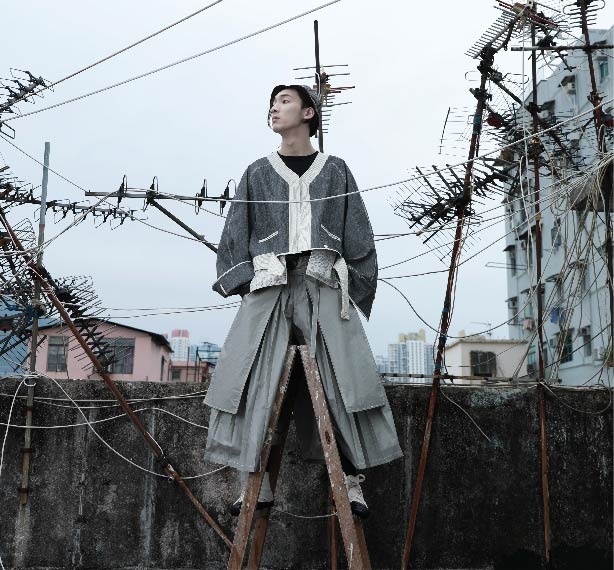
最新动态 | 1 December 2018
HKDI Alumni: The Spirit of Esprit
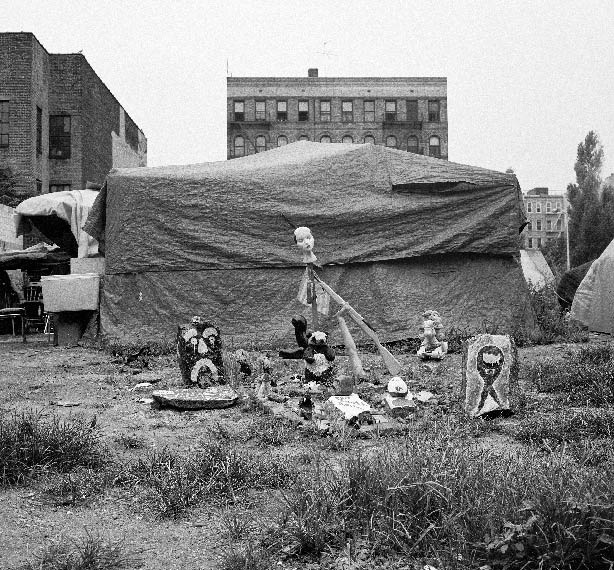
最新动态 | 1 December 2018
Margaret Morton—Fragile Dwelling: Homeless Communities of New York City
